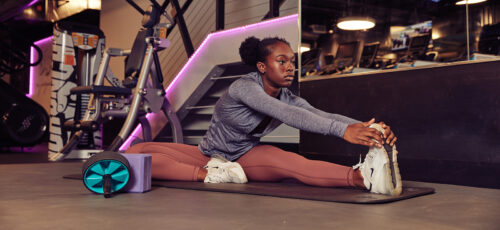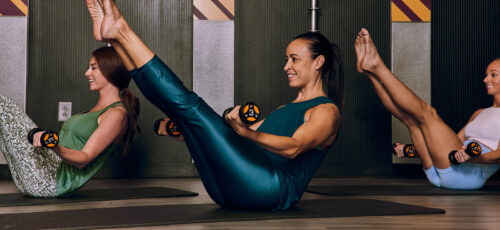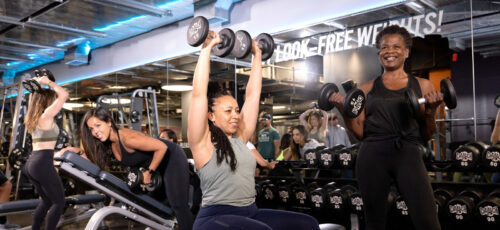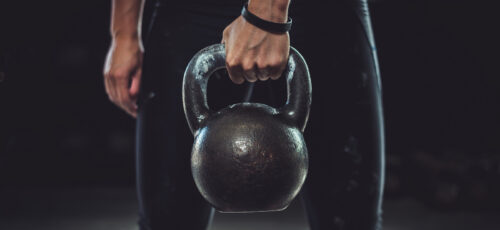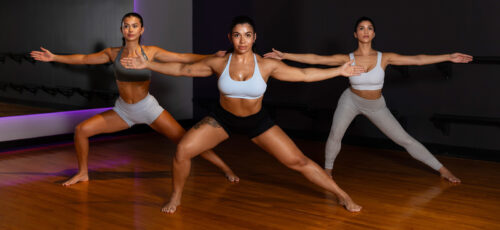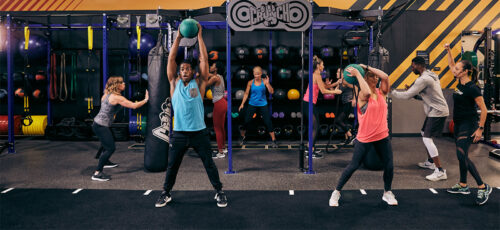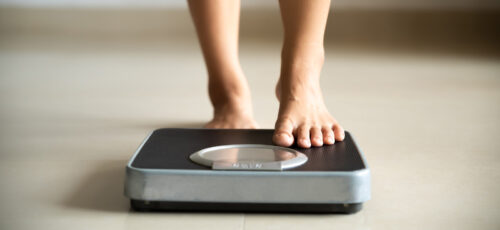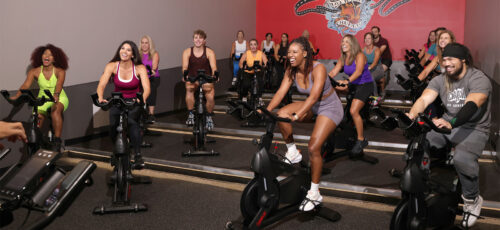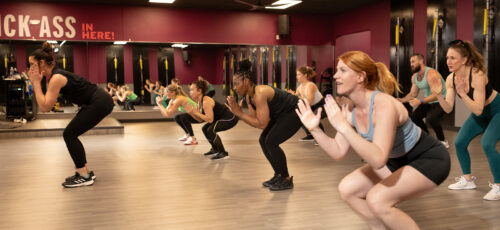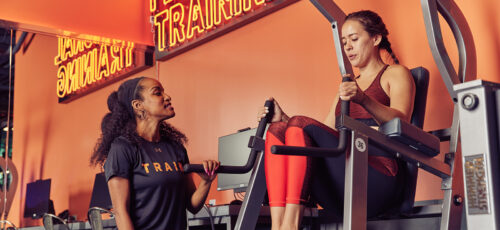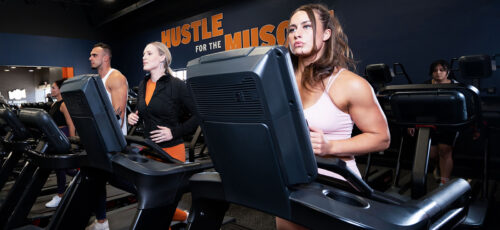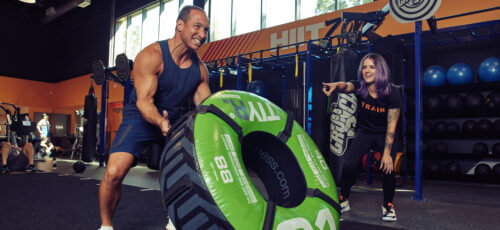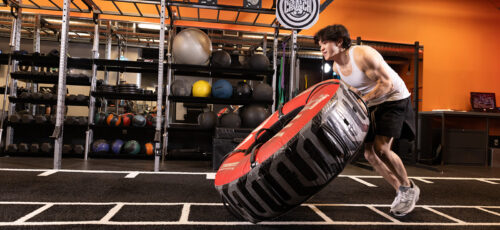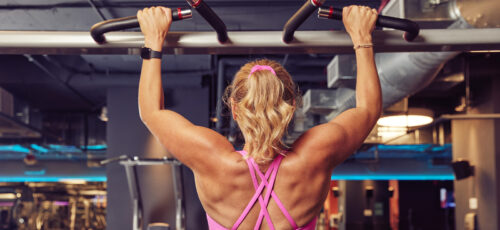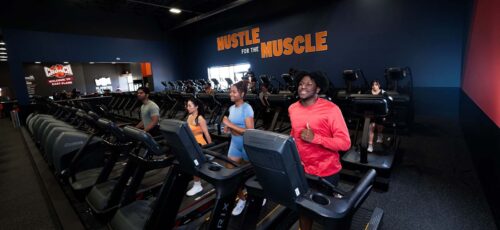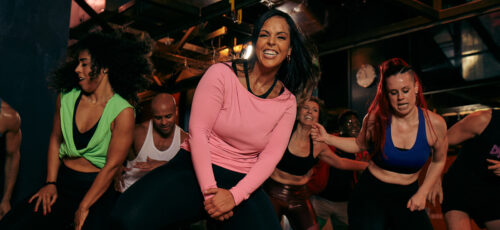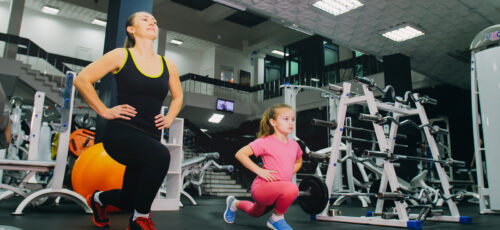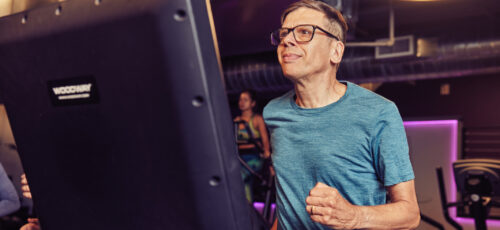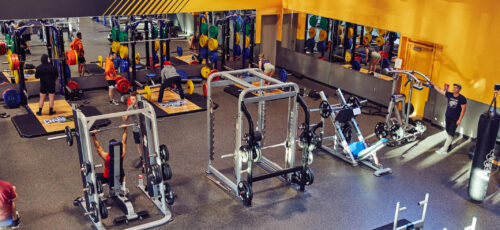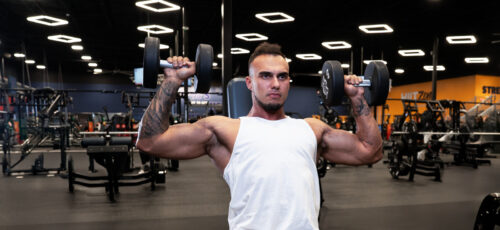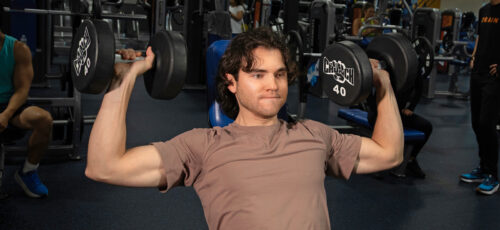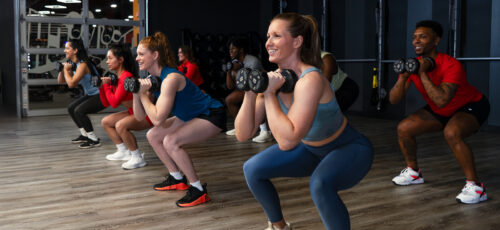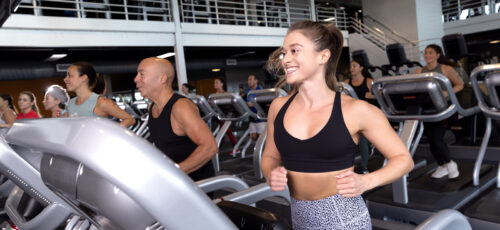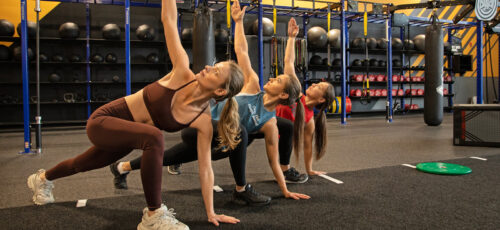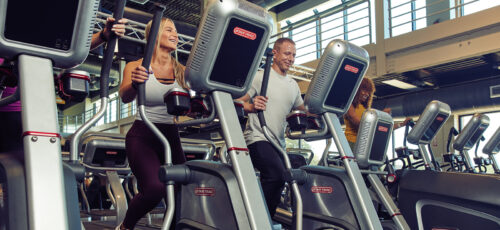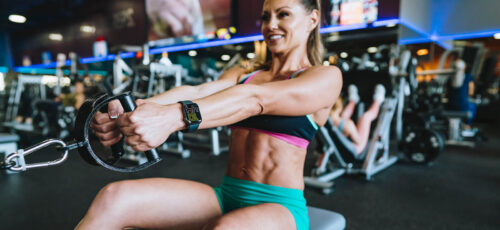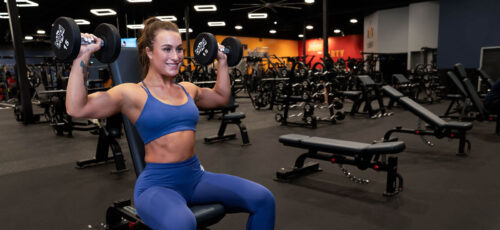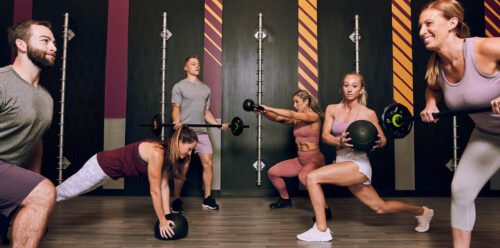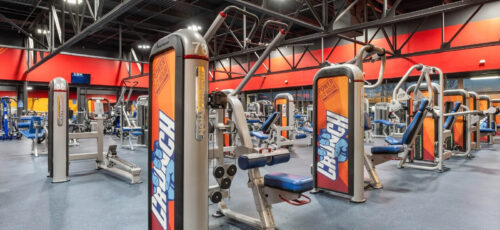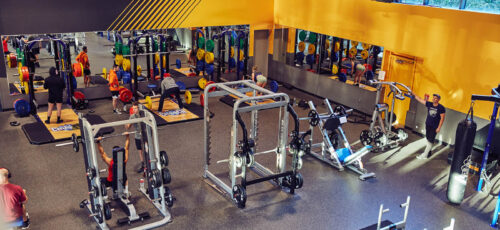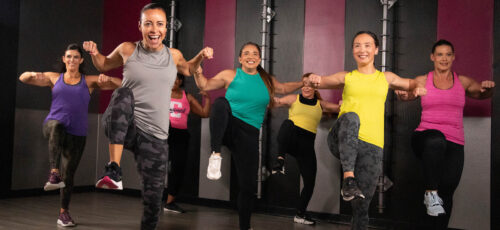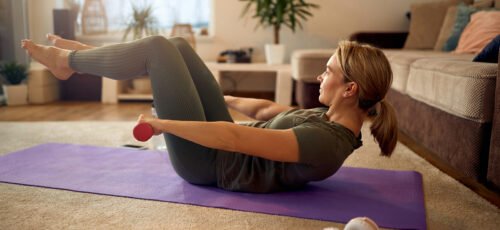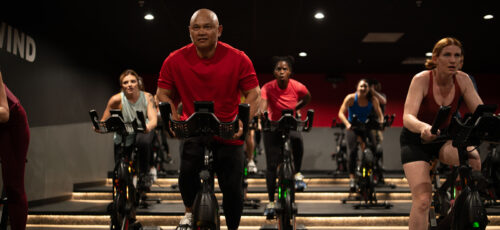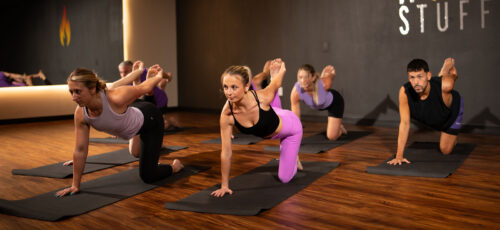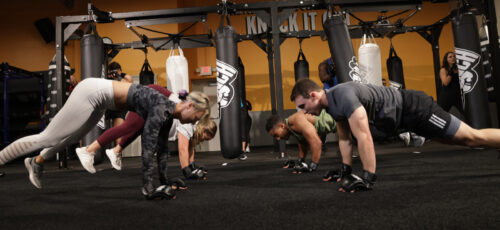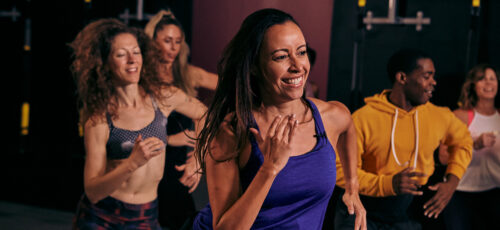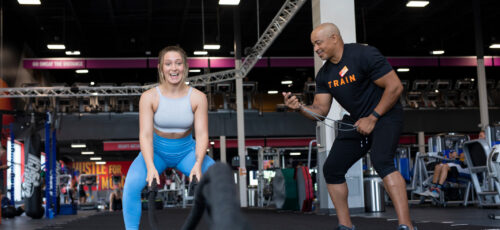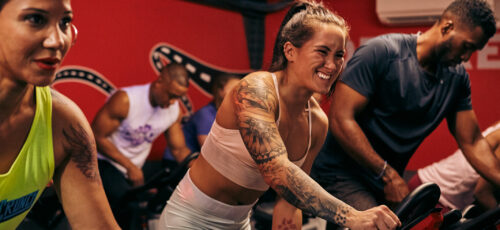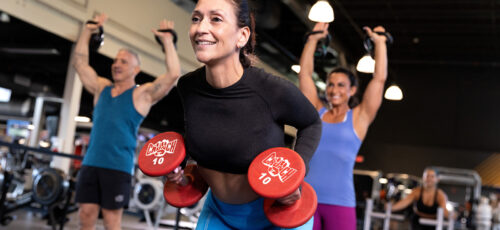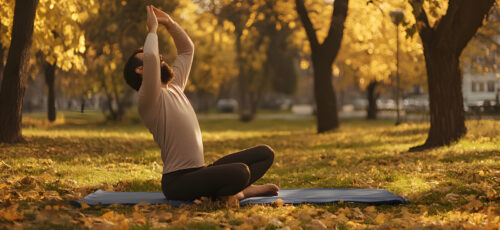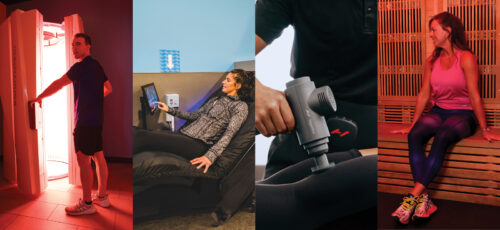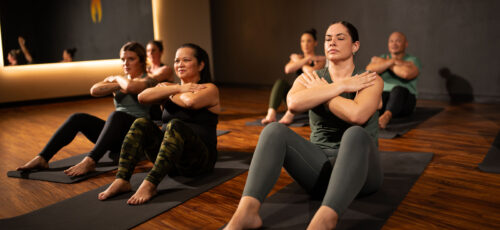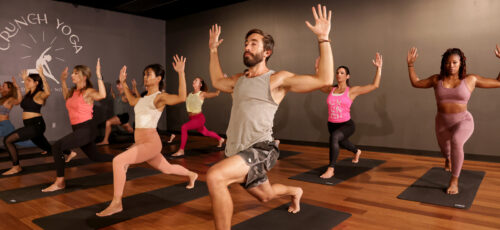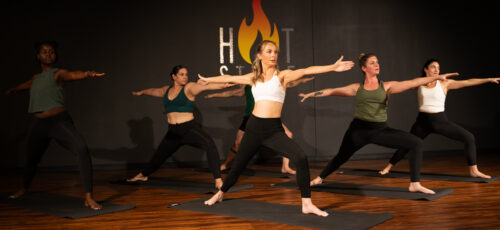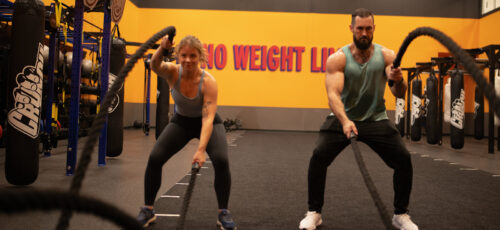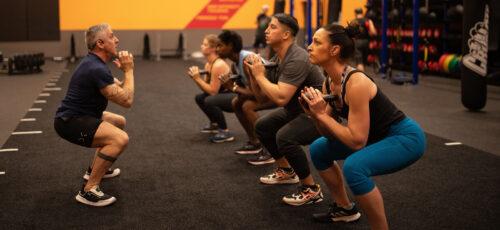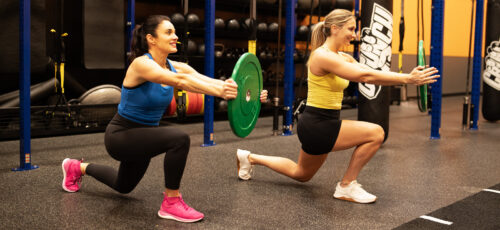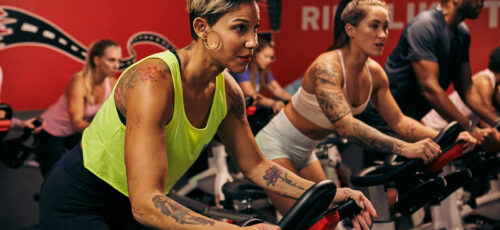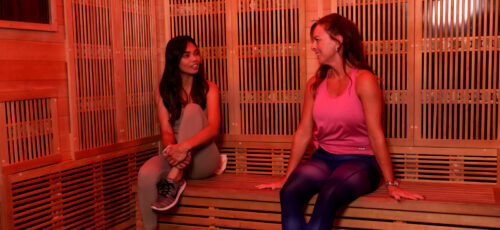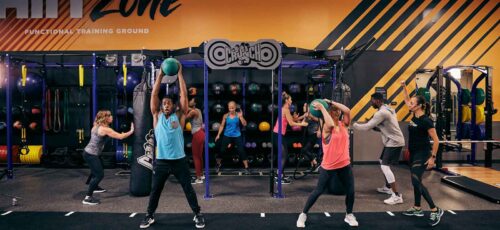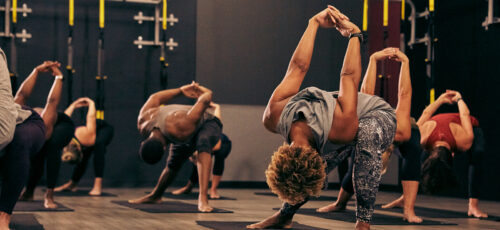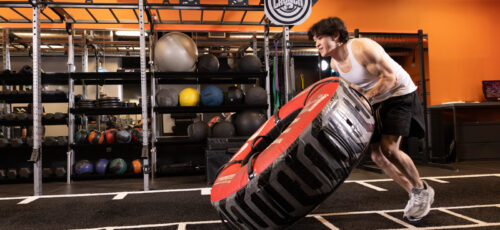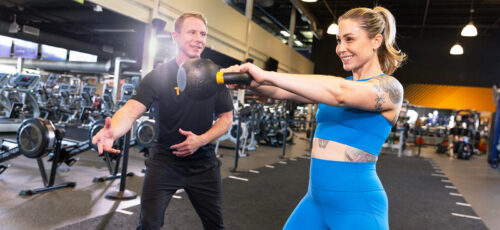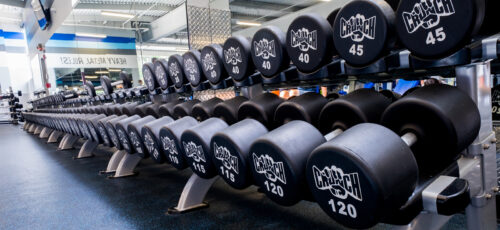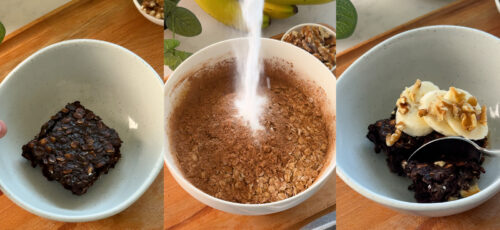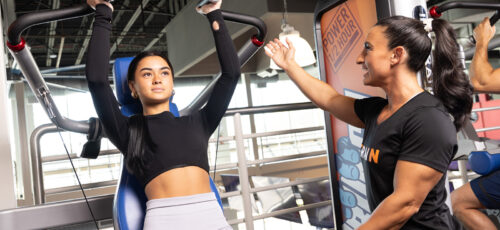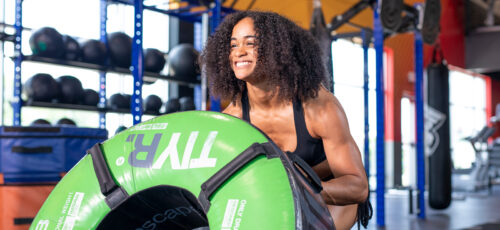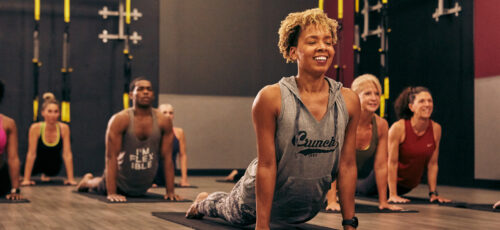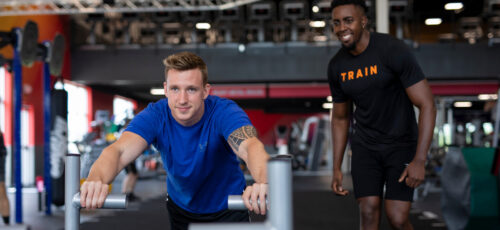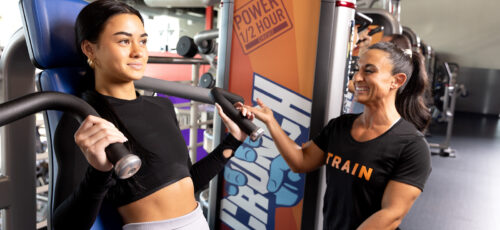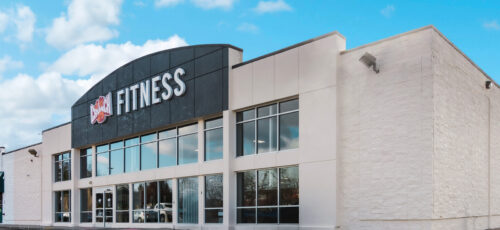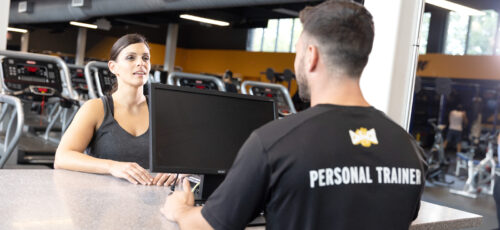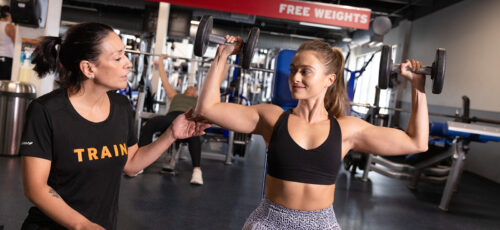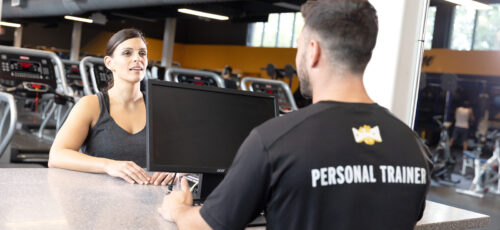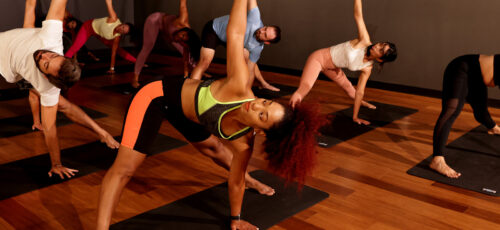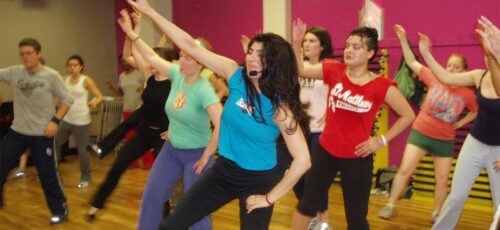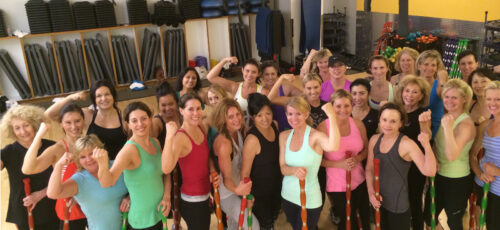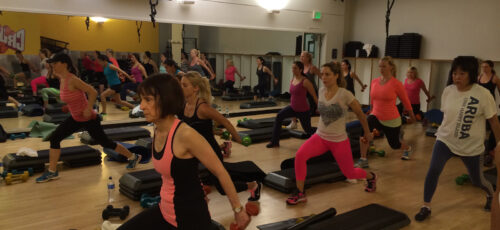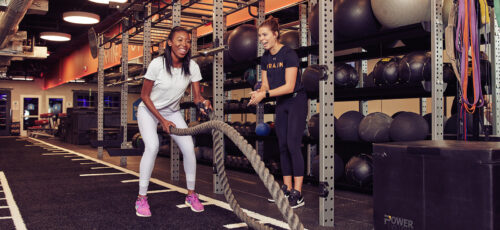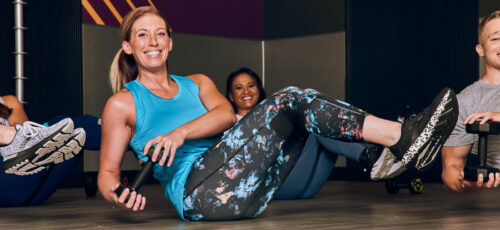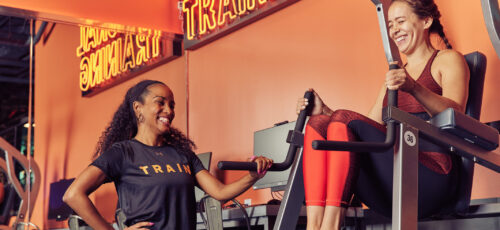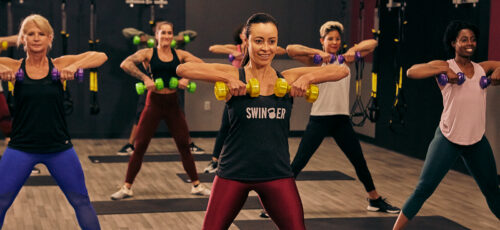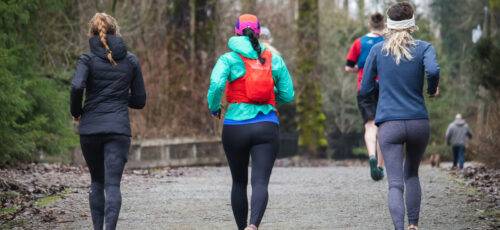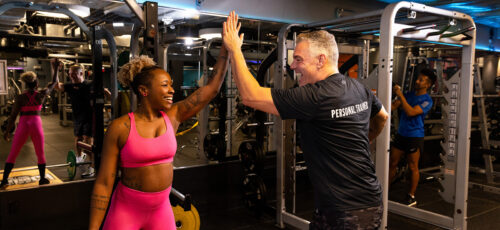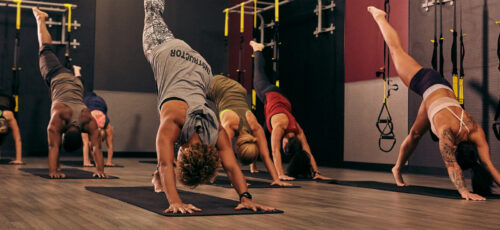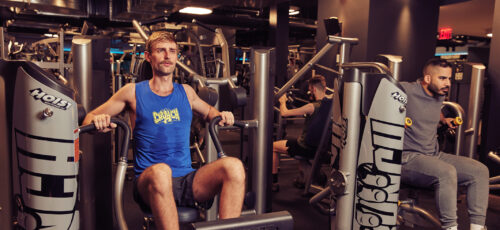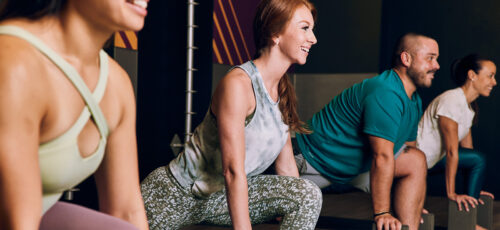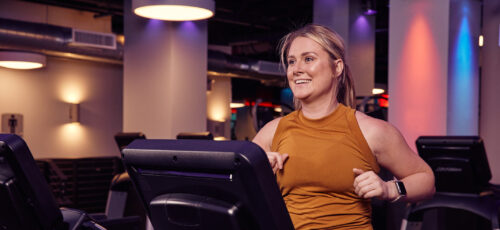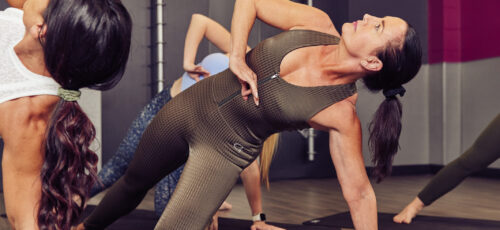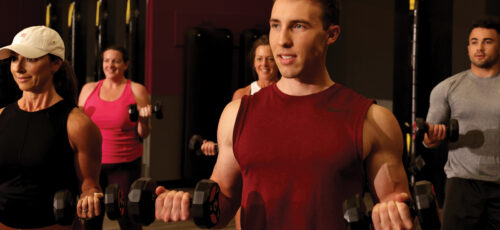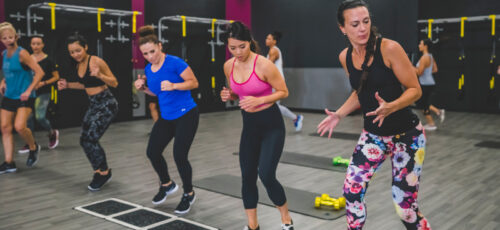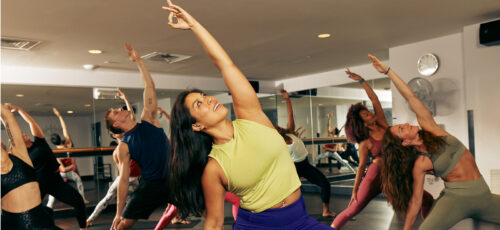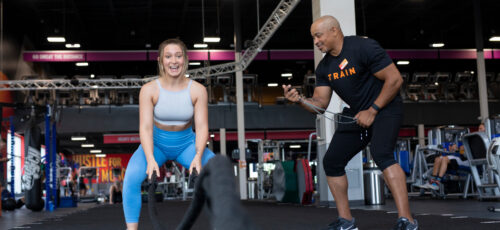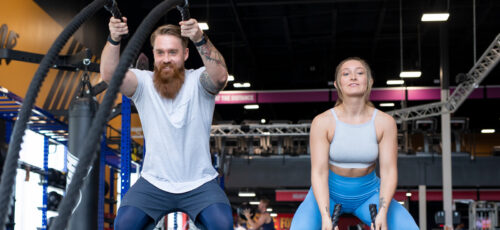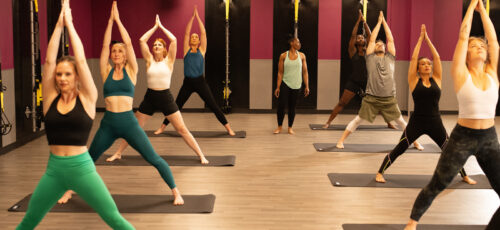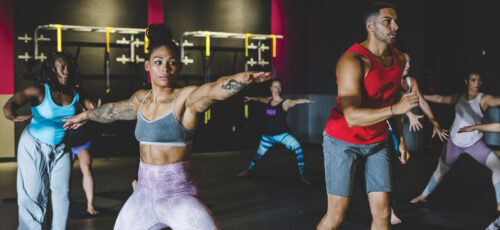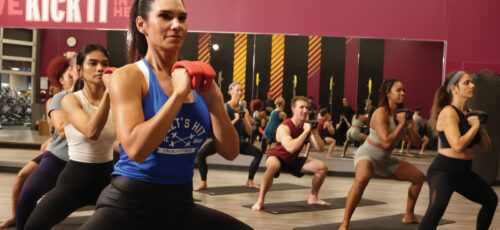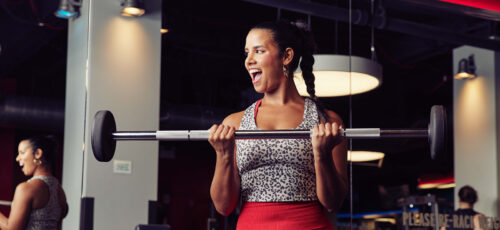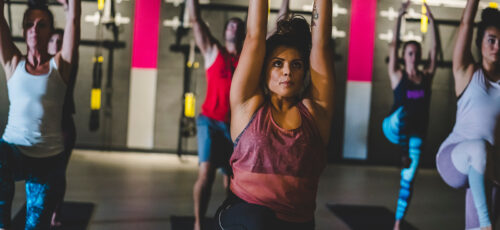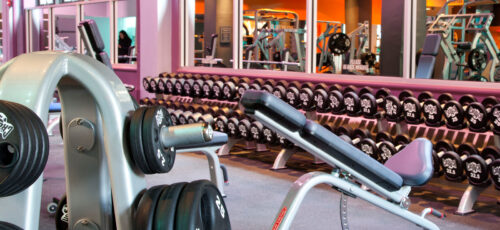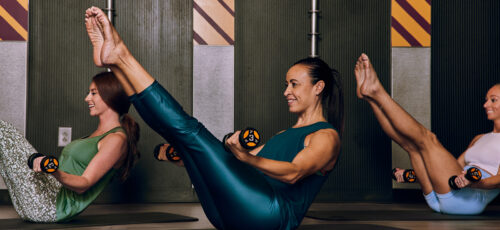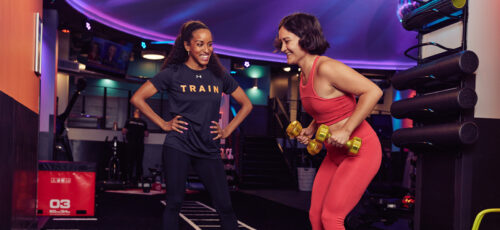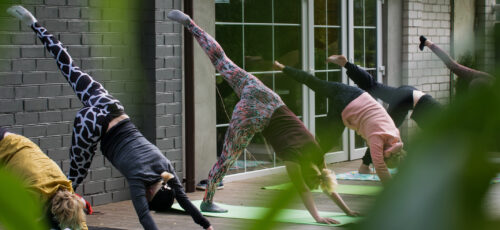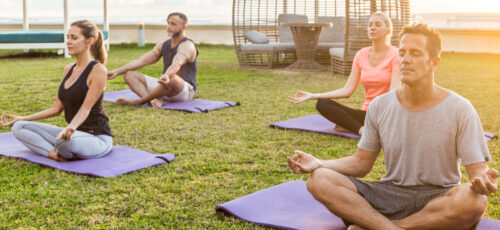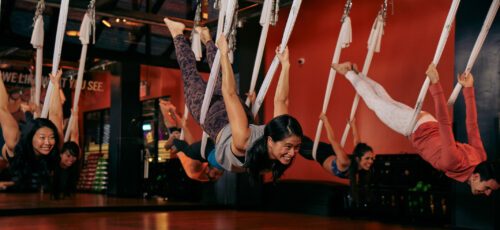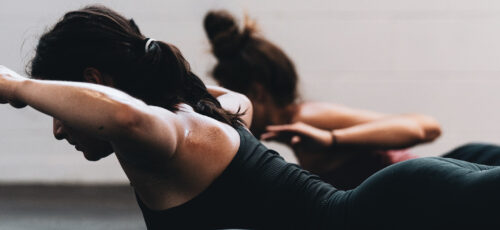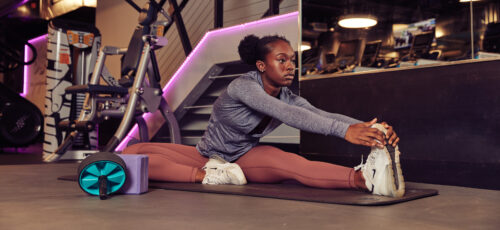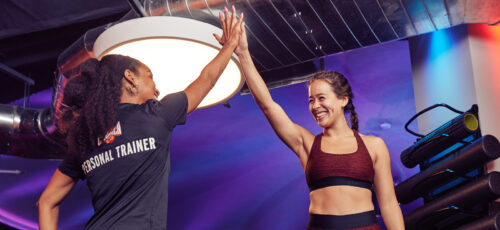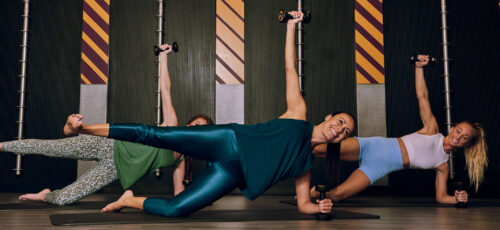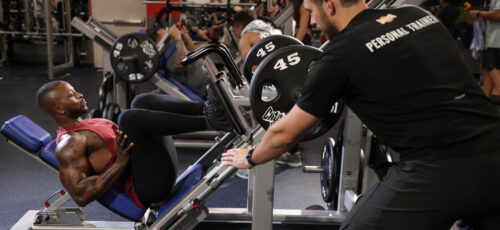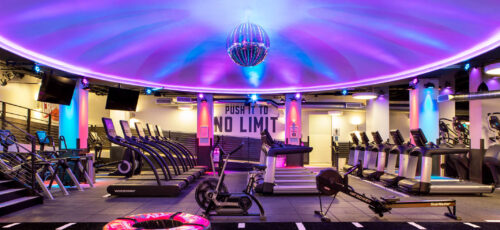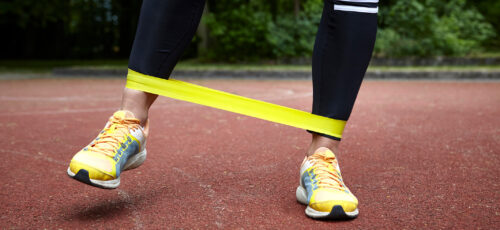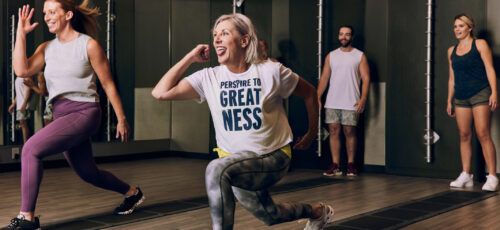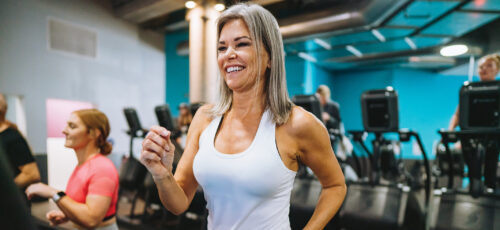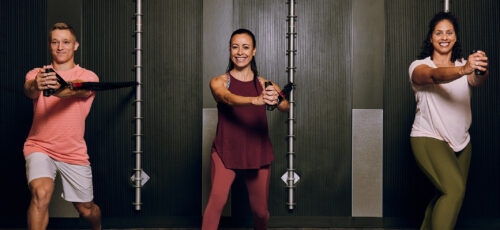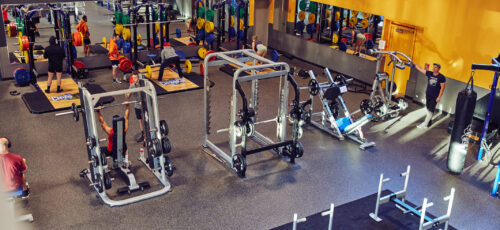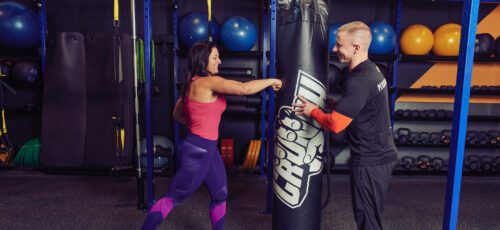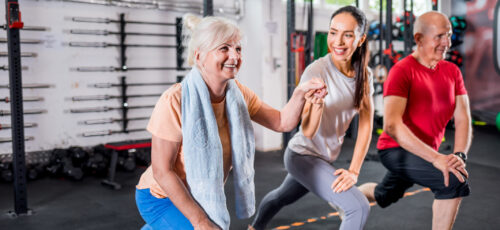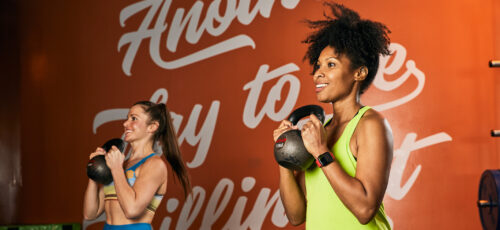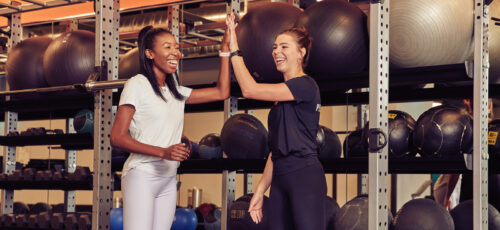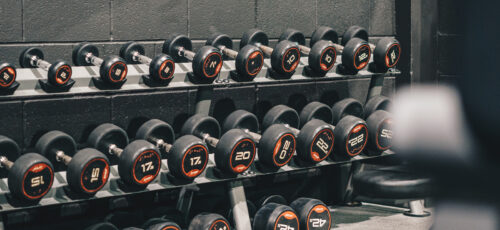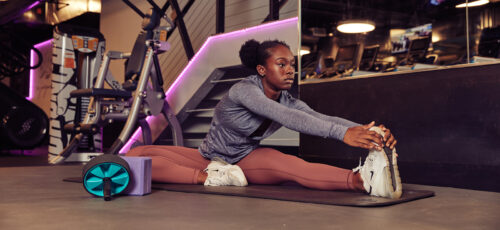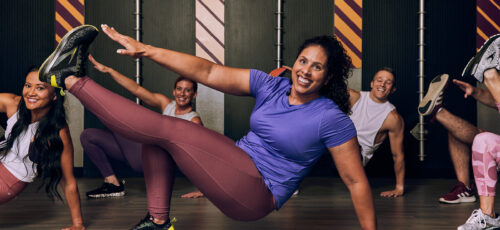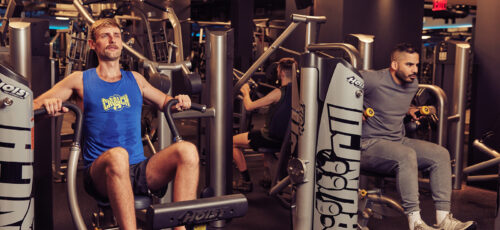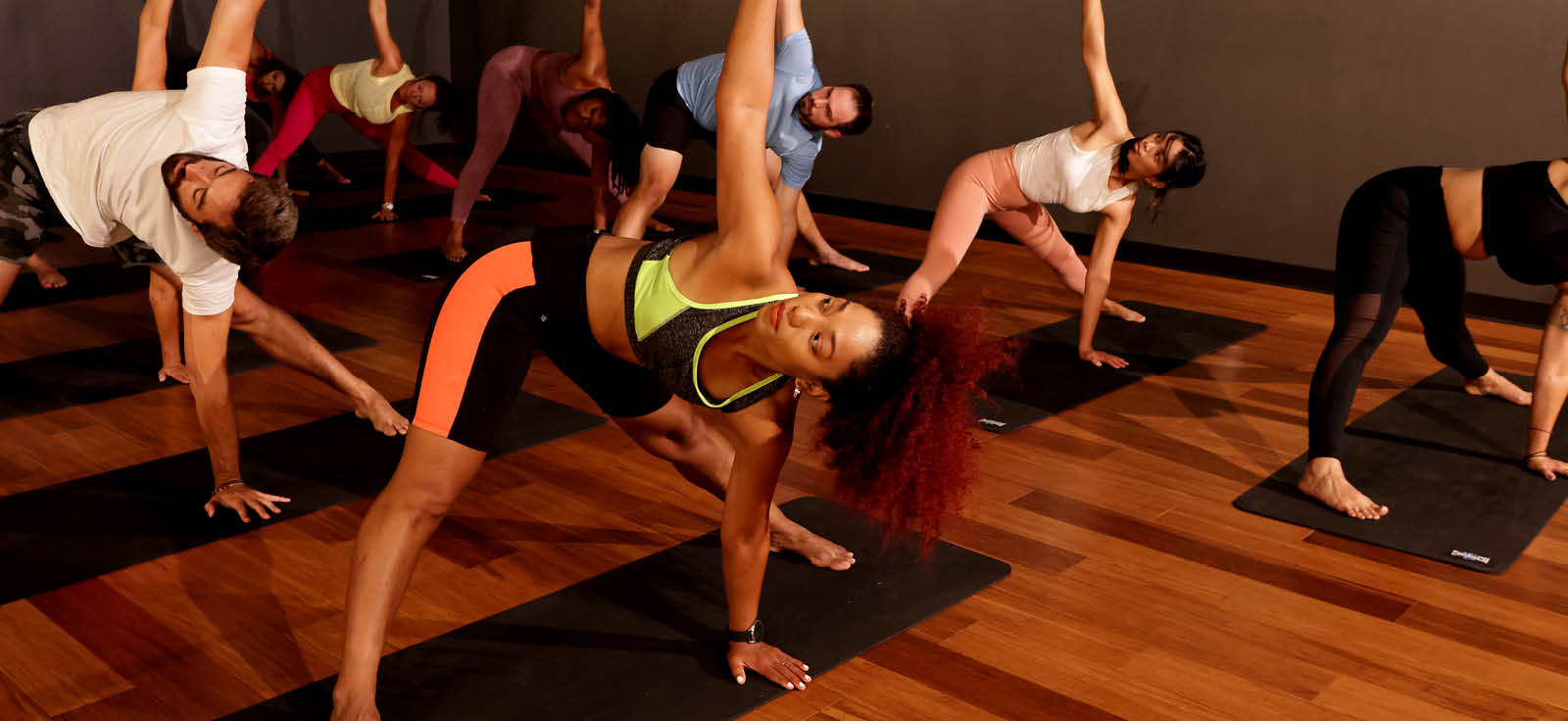
Flexibility isn’t just for athletes or yoga practitioners—it’s for everyone! By improving flexibility, your body can move more freely, easily handle everyday tasks, and even prevent muscle fatigue and joint discomfort. Imagine bending, stretching, and twisting without strain—it’s all possible with the right exercises.
Whether you’re aiming for better sports performance or feeling less stiff after a long day, incorporating flexibility into your routine offers countless benefits, it’s a game-changer for fitness and daily life, reducing muscle tension and enhancing overall well-being.
Still, trying to figure out where to start? Don’t worry—we’ve got you covered. In this blog, we’ll explore why flexibility matters, the signs your body might need a little extra stretch, and simple ways to make flexibility training a regular part of your day. Let’s stretch toward better fitness together!
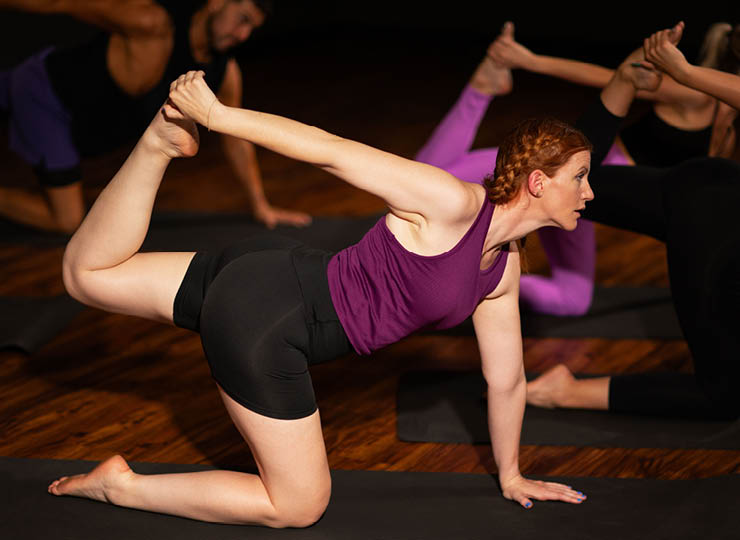
What is Flexibility?
Flexibility is your body’s ability to move joints and muscles through their full range of motion. It’s essential for reducing muscle tension, improving posture, and enhancing physical activity.
Regular flexibility training, such as dynamic stretching before workouts and static stretching after, can target major muscle groups, such as hamstrings, shoulders, and hip flexors.
Incorporating flexibility exercises into your routine helps prevent tight muscles, reduce muscle soreness, and support proper form during workouts. Whether performing a hip flexor stretch or a full-body stretching routine, these exercises improve athletic performance and overall well-being.
Regular stretching enhances muscle recovery, allowing you to move freely and comfortably. Make flexibility a core part of your workout routine for long-term benefits!
Benefits of Flexibility Exercises: Why It Matters for Your Workout and Daily Life
Flexibility plays a vital role in your overall fitness and well-being. Poor flexibility can lead to muscle tightness, joint pain, and injuries. Regular stretching exercises can improve your workout performance, prevent muscle imbalances, and enhance everyday activities.
Improved Muscle Condition
Stretching techniques like foam rolling, dynamic stretching, and resistance band exercises can improve muscle condition and flexibility.
Foam rolling, for example, helps relieve muscle tightness by promoting blood flow and reducing tension.
Studies show dynamic stretching before workouts can enhance muscle strength and reduce stiffness, making lifting weights or performing aerobic exercises safer and more effective.
Better Balance and Core Stability
Good flexibility supports balance and stability, essential for athletic performance and injury prevention. Research from the National Institute on Aging found that adults over 65 improved their balance and reduced their fall risk by participating in stretching exercises twice a week for 12 weeks.
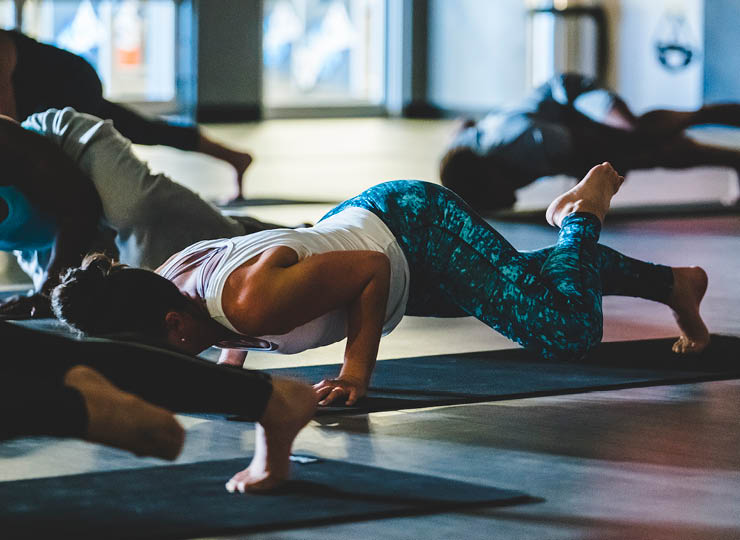
Reduced Risk of Injury
Flexibility reduces the risk of strained muscles or joint pain by improving range of motion and circulation. A simple calf or shoulder stretch can help prepare muscles for movement, whether exercising or doing everyday activities.
Make flexibility a priority in your exercise routine with stretches like child’s pose, arm circles, and tai chi movements. A little effort today can lead to long-term benefits for your body and mind.
4 Ways to Add Flexibility Training to Your Routine
If muscle tightness, stiffness, or joint pain is slowing you down, don’t worry—there are simple ways to improve your flexibility and feel better in your workouts and everyday activities. Here’s how to get started:
1. Dynamic Stretching Before Exercise
Dynamic stretching involves moving your joints through their full range of motion without holding a position. It’s a perfect way to warm up and prepare your body for physical activity. These movements increase muscle temperature, blood flow, and readiness for exercise.
- Examples: Arm circles, hip circles, leg swings, and butt kicks.
- Why It Works: It gradually stretches muscles, helping to prevent injury and improve performance when lifting weights or doing aerobic exercises.
2. Static Stretching After Exercise
Static stretching involves holding a stretch to relax and lengthen your muscles after a workout. Since your muscles are already warm, this is the best time to reduce tension and improve flexibility.
- Examples: Forward fold, reclined spinal stretch, and knee-to-chest pose.
- Why It Works: Stretching helps relieve tension, promotes recovery, and addresses muscle imbalances.
3. Foam Rolling
Foam rolling is a simple, effective way to release tight muscles and improve soft tissue mobility.
- When to Roll: Use it before workouts to increase elasticity and range of motion or after exercise to boost recovery.
- How to Do It: Spend 1–3 minutes on each muscle group, focusing on tight or stiff areas.
- Why It Works: Regular foam rolling (over 4 weeks) has been shown to enhance flexibility and joint range of motion.
4. Join a Yoga or Pilates Class
Yoga and Pilates are excellent for improving flexibility, balance, and strength.
- Yoga Benefits: Increased flexibility, reduced stress, and promoted balance. Studies suggest a noticeable improvement in flexibility after just 10 weeks of practice.
- Pilates Benefits include combining stretching exercises with strength training to lengthen and tone muscles, address poor posture, and correct muscle imbalances.
Flexibility training doesn’t have to be complicated. Incorporate dynamic stretches into your warm-up routine, add foam rolling to your post-exercise recovery, and explore a yoga or Pilates class for lasting benefits. Small daily habits can make a big difference in how you move and feel!
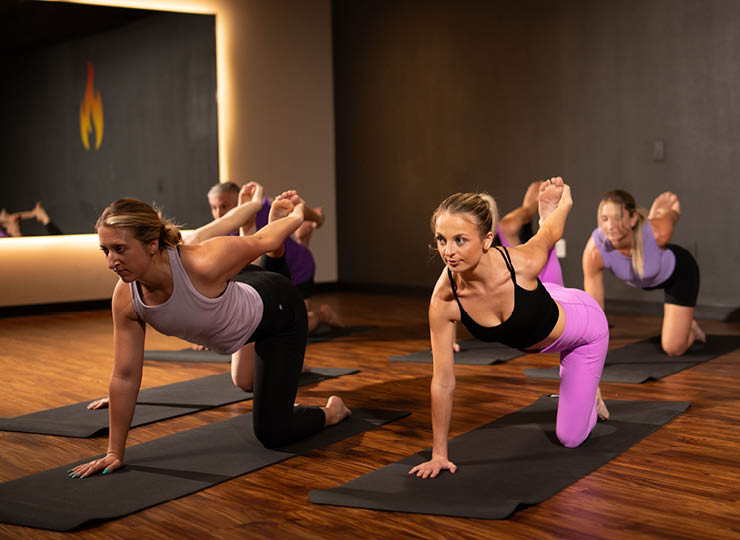
How Flexible Should I Be to Benefit Major Muscle Groups?
Flexibility is personal—there’s no one-size-fits-all answer. As long as you can comfortably move through a full range of motion, you’re likely flexible enough for most activities. For gym-goers, the ideal level of flexibility depends on your workout routine and fitness goals.
Think about your exercises: can you perform them comfortably and with proper form? For example, if your hamstrings feel too tight to extend fully, you might limit your workout potential during a seated leg curl. Tight muscles or discomfort during stretching can indicate the need to incorporate flexibility exercises into your routine.
Flexibility isn’t just about feeling less stiff—it can also boost your athletic performance. Research shows that stretching regularly and enhancing flexibility during deep movements can improve strength and muscle growth. For instance, exercises that emphasize a deep stretch, like hamstring curls or calf raises, can lead to greater gains. Studies even highlight the benefits of using elongated partial repetitions, moving from full extension (stretch) to halfway flexion (engagement), which target major muscle groups like hamstrings, biceps, and calves.
So, how flexible should you aim to be? Enough to comfortably perform your workout routine and stretch muscles fully. Incorporate dynamic stretching before workouts to warm your body and improve your range of motion. Post-workout, static stretching—such as a hip flexor stretch or forward fold—can help reduce muscle soreness and improve flexibility over time.
Flexibility should support your fitness goals, whether lifting weights, running, or building strength. Regular flexibility training reduces muscle tension, prevents injury, and ensures your body feels and performs at its best, making every rep count.
Other Ways to Improve Flexibility
Improving flexibility goes beyond traditional stretching. Incorporating various exercises and tools into your routine can help stretch muscles, reduce tension, and enhance range of motion effectively. Here are some options to try:
- Active Isolated Stretching (AIS): Gently stretch a muscle for 2 seconds, release, and repeat to increase flexibility without overstressing.
- Resistance Bands: Using stretch bands during exercises allows you to work through a full range of motion, targeting specific muscle groups like hamstrings, shoulders, or calves. They’re versatile and easy to incorporate into any routine.
- Massage: Professional massages can help release muscle tension, improve blood flow, and enhance flexibility. They’re a great complement to your stretching routine, especially if you experience tightness in specific areas.
- Hydration: Drinking enough water keeps muscles pliable and prevents stiffness.
- Eccentric Exercises: Slow, lengthening movements (like lowering in a squat) improve flexibility under load.
Precautions to Keep in Mind for Safe Stretching
When it comes to working on your flexibility and stretching, safety should always come first. Taking the right precautions will help you maximize results while avoiding unnecessary injuries. Here are some key tips to keep in mind:
- Warm Up First: Always warm up your muscles before jumping into static stretches. Light cardio or dynamic movements like leg swings or arm circles will get blood flowing and loosen you up.
- Know Your Limits: Stretch where you feel tension, but never to the point of pain or extreme discomfort. Pushing too hard can cause strains or injury.
- Take It Slow: Move into your stretches gradually and avoid forcing any joint or muscle beyond its natural range of motion. Sudden movements can do more harm than good.
- Breathe Consistently: Don’t hold your breath! Focus on slow, controlled breathing during each stretch to help your body naturally relax and deepen the stretch.
- Use Proper Form: Technique is everything. Incorrect stretching can lead to injuries, so make sure you’re doing it right. If you need clarification, ask a trainer or fitness professional for guidance.
Stretching safely ensures long-term progress and keeps your body happy and injury-free!
Reach Your Fitness Goals With Crunch
Improving flexibility is a game-changer for your workout plan and overall fitness goals. By enhancing your range of motion, reducing injury risk, and promoting better muscle recovery, flexibility allows you to move more efficiently and perform exercises with proper form.
Crunch promotes a culture of positivity, inclusivity, and fun with no judgments by providing an environment for all individuals regardless of their health and fitness goals. Find a Crunch gym near you to try our free trial membership, or join Crunch now. We’re here for you – at the gym or at home. Access the best live & on-demand workouts anytime, anywhere with Crunch+. Ready to get sweaty? Try hundreds of workouts for free!Start your free trial now!











